Your Easy Guide to Common Seed Terms
By Linda Lee
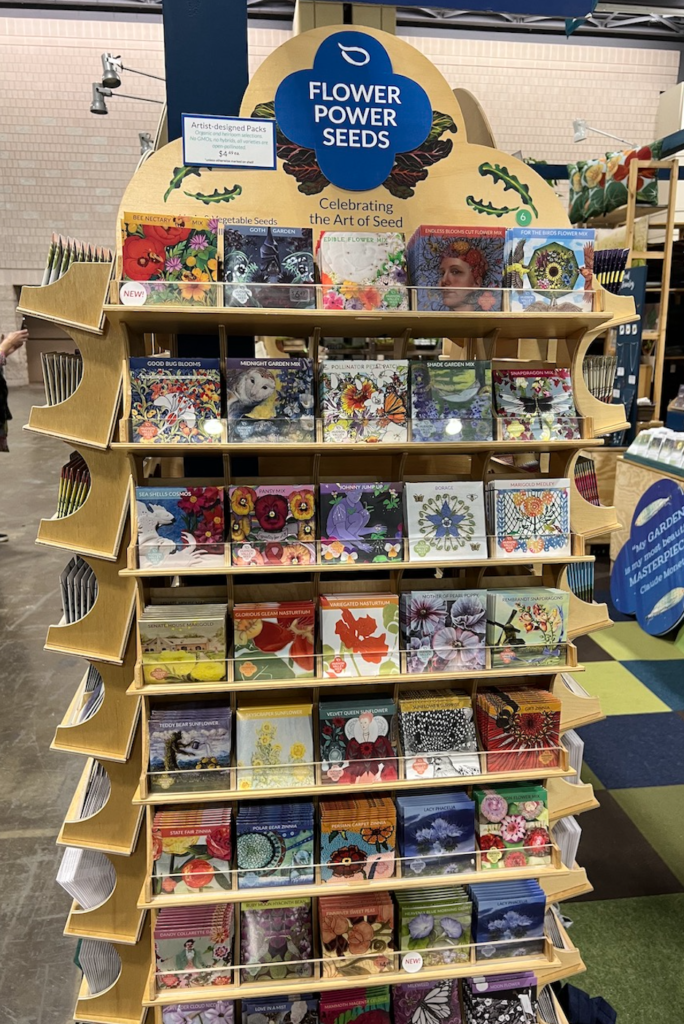
Catalogs are jamming your mailbox, and the specialty cerinthe major seeds (also known as blue shrimp flowers) are already sold out! So you may not care about the distinction between “open pollinated” “heirloom” and “organic” when you are ordering your snapdragon seeds and those double click cosmos.
But the confusion between an F1 hybrid and an heirloom could lead to unfortunate results if you are a seed saver. And misconceptions about terms like non-GMO and organic may bother you when you are about to pick marigold petals for a salad, or make tea with your home-grown lavender.
Breeding techniques continue to evolve, and the debate about the long-term effects of hi-tech plant breeding rage on. One concrete way we as gardening professionals can help is by providing clarity.
Consider this a plain-language “go-to” resource. Our gardeners deserve to make educated decisions about what they buy and plant.
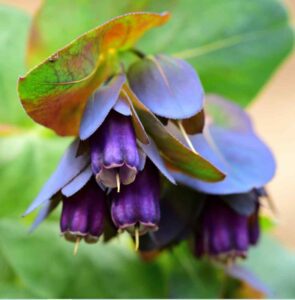
The following is a list of common (and a few not-so-common) terms you are likely to encounter:
1.What is a Cultivar
The word cultivar derives from the term “cultivated variety.” A cultivar name is often presented as the ‘variety name’ after the genus and species in home garden seed catalogs.
Described by the International Code of Nomenclature as an “assemblage of cultivated plants clearly distinguished by one or more characteristics, which, when reproduced, retains its distinguishing characteristics,” a seed-grown cultivar can be either a hybrid or open-pollinated variety. So a cultivar is a cultivated variety with specific characteristics or traits, like this Maverick Appleblossom Geranium cultivar, which can be grown from seed and even used as a cut flower. Packets cost from $4.50 to $6.
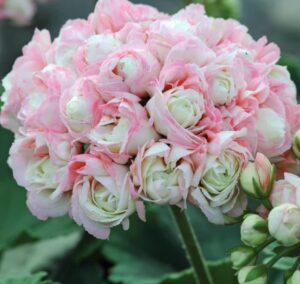
2.What does Genetically Engineered (GE) Mean?
The terms GE and GMO are frequently used interchangeably, but they don’t mean the same thing. Genetic Engineering is the high-tech method used to incorporate genes directly into an organism.
The only way scientists can transfer genes between organisms is through recombinant DNA techniques. The plants that result do not occur in nature; they are “genetically engineered” by human intervention. Examples of GE crops currently grown by agribusiness include corn modified with a naturally occurring soil bacterium for protection from corn borer damage (Bt-corn), and herbicide-resistant (“Roundup Ready”) soybeans, corn, cotton, canola, and alfalfa. Golden Rice is a variety of rice (Oryza sativa) that makes rice more nutritious for impoverished populations by incorporating the genes for Vitamin A production to help overcome a type of malnutrition. All of these are for larger acreage, commercial crops. At the present time, home gardeners will not encounter any packets of GE seeds.
3. What does Genetically Modified Organism (GMO) mean?
The USDA defines a GMO as an organism produced through any type of genetic modification, whether by high-tech modern genetic engineering, OR long-time traditional plant breeding methods. While you often hear the terms GE and GMO used interchangeably, they have different meanings. For hundreds of years, genes have been manipulated by plant breeders who monitor their effects on specific traits to improve them. Better color. Earlier bloom time. More resistance to frost. Improved germination. Nicer habit. Prettier scent.
When plant breeders select for traits like uniformity or disease resistance in an open-pollinated variety or create a hybrid cross between two cultivars, they make the same kind of selections that can also occur in nature; in other words, they are genetically modifying organisms. We have GMO to thank for such familiar vegetables and fruits as seedless watermelons, modern broccoli and all of those sweeter and crunchier apples that come to market every year. It’s called plant breeding, the kind of thing that has created hundreds, perhaps thousands of kinds of roses, especially things like the Knockout rose. Or it can be done in a laboratory. Does it make a difference if the result is the same?
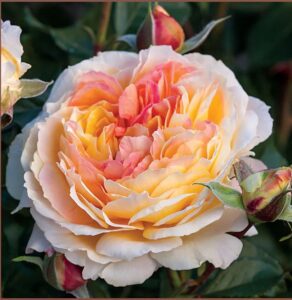
4.Do I need to worry about plant patents?
Proven Winners, which mostly sells potted plants (those baskets of “Supertunias” you see at big box stores) has patented 1,184 plants, including Uptick Red Tickseed Coreopsis and American Gold Rush Rudbeckia. Saving seeds from these plants, or dividing them and sharing them with friends would be illegal under the law. The indications are somewhere on the label: “patent pending, or the initials PRR, PVR, PPAF, or the words “propagation prohibited.” But if that Supertunia or beautiful Rudbeckia throws off seeds and plants itself, who are you to deny nature?
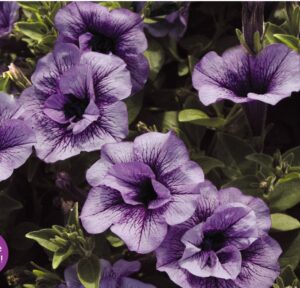
5.What does Open Pollinated (OP) mean?
Open-pollinated varieties are seeds that result from pollination by insects, wind, self-pollination (when both male and female flowers occur on the same plant), or other natural forms of pollination. If you save seeds from open-pollinated varieties and grow them in the following years, they will “come true,” meaning that the plants will produce plants with characteristics or “traits” like the parent plant from which the seeds were harvested.
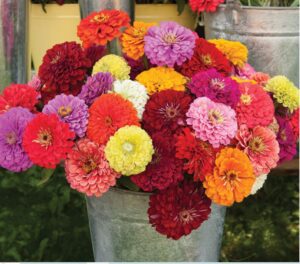
Keep in mind, however, that both the wind and insects will pollinate different open-pollinated varieties that are planted close together. Because of this, with some common vegetables like squash and pumpkins, both in the Cucurbitaceae family, saving seed can be a gamble. Unless those garden plots are well separated, squash and pumpkins may cross-pollinate each other, resulting in a different plant next year. Not a good one.
6.What is a Hybrid (F1)?
An F1, or first-generation hybrid occurs when a breeder selects two pure lines (plants that produce identical offspring when self-pollinated) and cross-pollinates them to produce a seed that combines desirable characteristics or “traits” from both parents. Common traits breeders work to increase in hybrids might include, for example, disease resistance, uniformity, earliness, high nutrition, or color.
Hybrid seed is often more expensive than non-hybrid seed, due to production methods—the pure lines must be consistently maintained so that F1 seed can be produced each year, and the process of cross-pollinating is often done by hand. Seeds can be saved and planted from F1 hybrids, however, plants grown from that seed “will not come true.” In other words, F1 hybrids may revert to either of their parent plants, rather than the desirable hybrid. Almost every flower you plant in the garden that has a “special name” is an F1 hybrid. Examples include zinnias, dianthus, sunflowers, bachelor buttons, cosmos, snapdragons, coleus, hosta, marigolds, dahlias, and on and on.
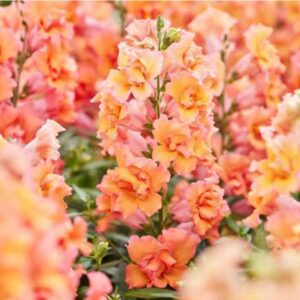
7.What is an Heirloom?
Heirlooms can be generally defined as open-pollinated varieties that have resulted from natural selection rather than a controlled hybridization process. Some sources use 50 years as an arbitrary age marker to define what constitutes an heirloom variety. Others classify any cultivated variety as an heirloom if it was developed prior to the 1940s and 50s (starting in the 1960s, plant breeders began producing and selling many modern hybrid varieties).
Like any other open-pollinated variety, seed saved from an heirloom produces plants with the same characteristics as the parent plant. Examples of popular home garden heirlooms offered by many packet seed companies include Painted Lady sweet peas (introduced in 1737), Marie Chabaud dianthus (tall carnations), heliotrope, climbing petunia, hollyhocks, plumbago, purple bell vine and nicotiana alata Jasmine, a white form popular in 1889 whose tubular flowers open in early evening, adding sweetness to the cocktail hour.
The romantic view of heirlooms is that they are varieties that have been passed down through generations of gardeners. Though this was certainly true in the past, it is often not the case in our modern world. Commercial seed companies now produce seeds for many celebrated heirlooms and sell them to seed packet companies to offer to home gardeners. And note that some companies consider “heirloom” as anything before 1950.
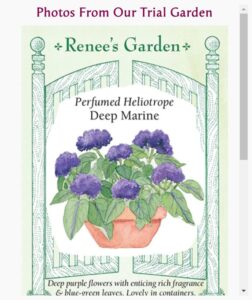
8.What does Organic mean?
When you see the word “certified Organic” on a seed packet, it has a distinct legal meaning. It can only be used for seed by growers who are in compliance with the detailed rules and regulations specified by the USDA’s National Organic Program. While other countries have their own organic systems, in the US, organic regulations specify that the land in which crops are grown cannot have had prohibited substances applied for three years prior to harvest, and the operation must be managed according to an Organic System Plan that is approved and regularly inspected by a USDA accredited certifier.
Organic seeds are grown strictly without the use of synthetic fertilizers and pesticides. The use of sewage sludge, irradiation, and genetic engineering are also prohibited.
9.What are Pelleted Seeds?
Pelleted seeds are enclosed in a round pellet made from simple clay or another inert material to bulk them up. The process makes very small seeds easier to sow and expensive flower seeds easier to see and handle.
Pelleted seeds may also be “primed.” Priming is a hydration treatment bringing seeds to the brink of germination, then they are dried for storage and distribution. Primed seeds break dormancy and germinate quickly when sown but should be used the same season they are purchased, as priming can decrease storage life.
New ways of planting now include various kinds of flower seeds (mostly zinnias) embedded in a strip or a mat. This is apparently for people who have never gardened before, and who are afraid of getting down on their hands and knees. The selling point: roll out the mats, or cut them to fit a desired space. Toss a little garden soil on top. Water, then stand back and observe the flowers.
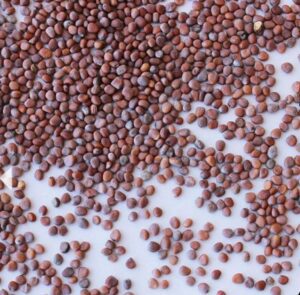
10.What is the Safe Seed Pledge?
The Safe Seed Pledge arose as a response to the release of the first genetically engineered plants in the mid-90s. Signers pledge not to buy or sell genetically engineered seeds. A list of companies that have signed the pledge is maintained by the Council for Responsible Genetics, a nonprofit with a stated mission of educating the public about and advocating for the socially responsible use of new genetic technologies. Seed sellers who have not achieved organic status for their operations can still announce their intention to avoid GMO seeds.
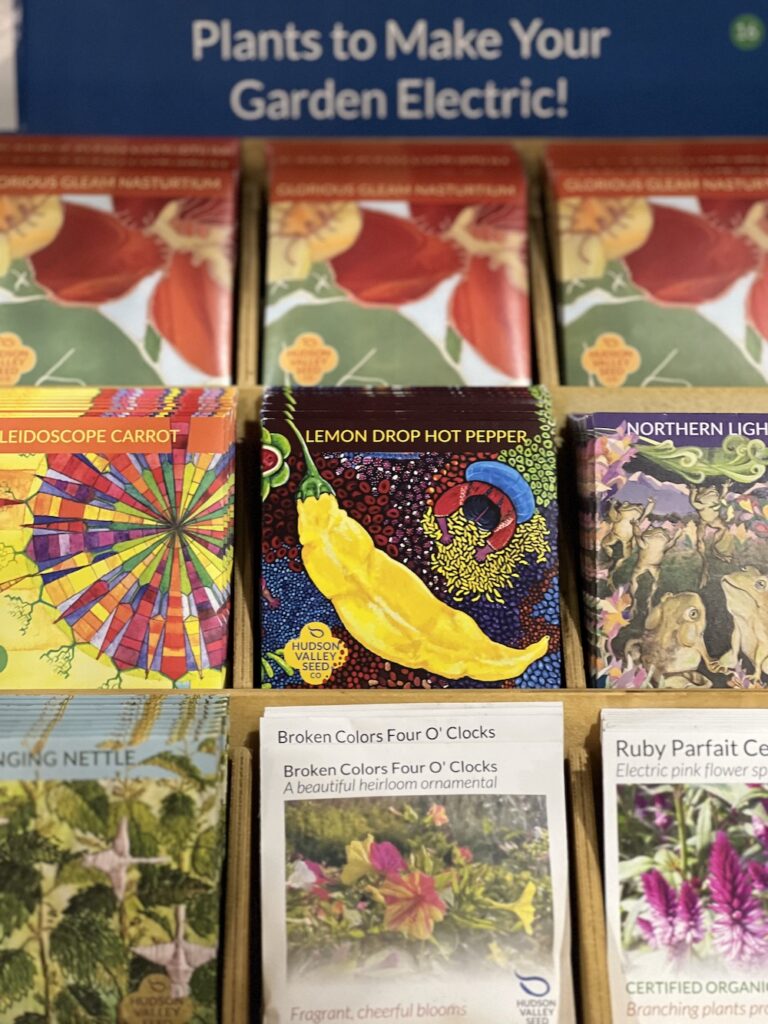
Information for this article was originally written by and published on the Home Garden Seed Association (HGSA) website. HGSA is a group of seed producers and seed packet retailers committed to supporting home gardening success, specifically through the use of seeds.
